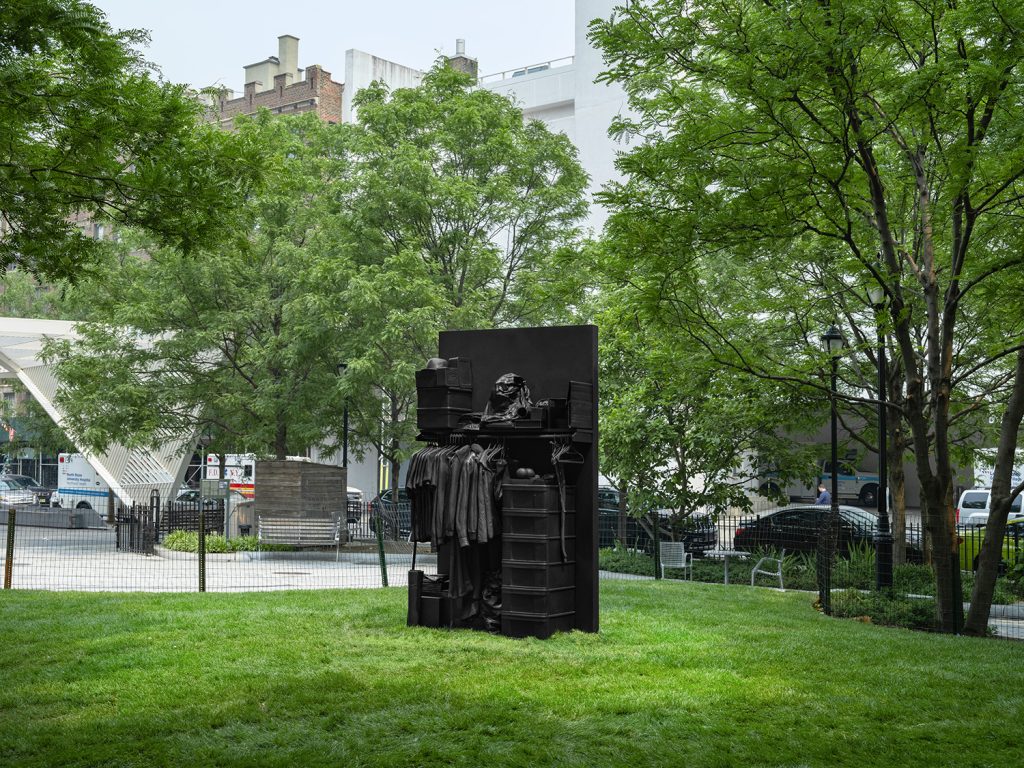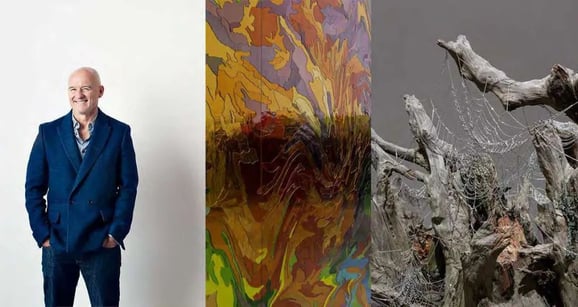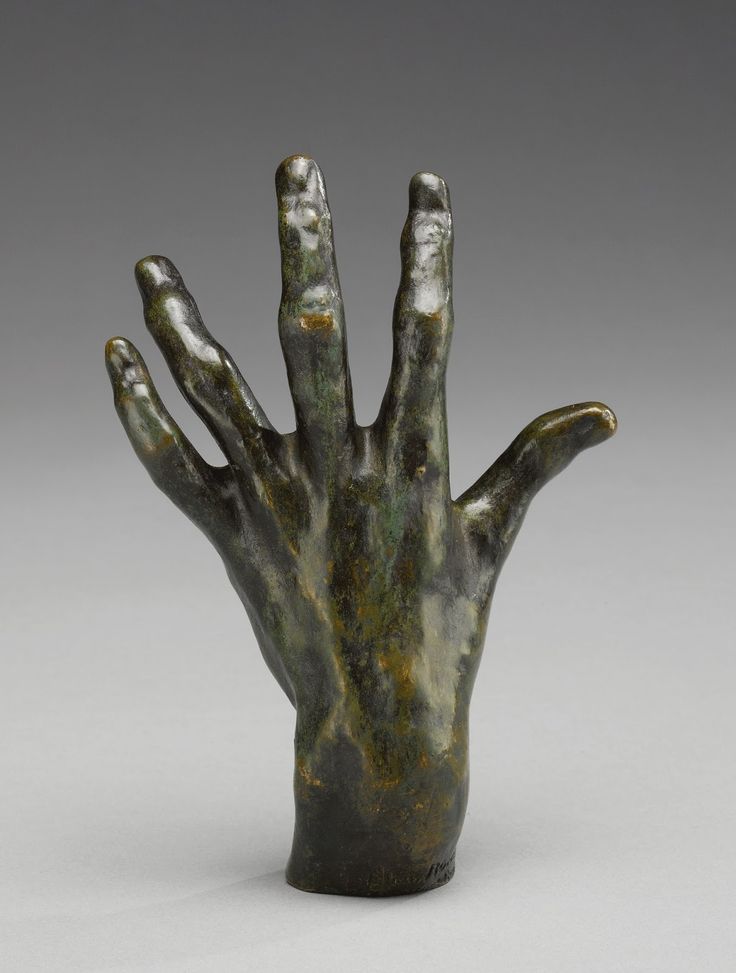
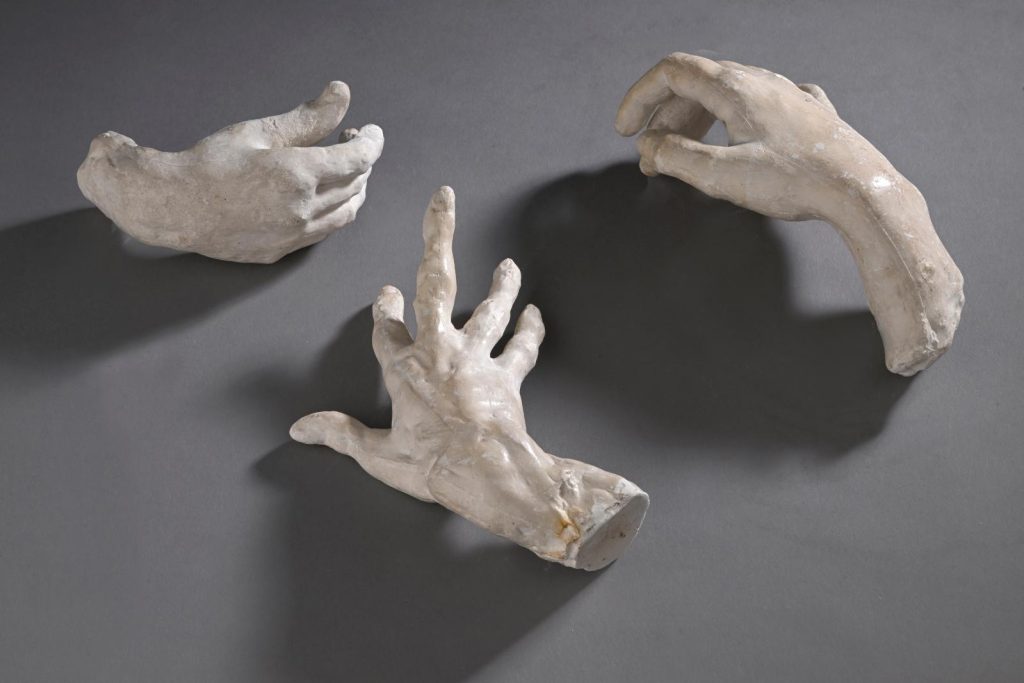
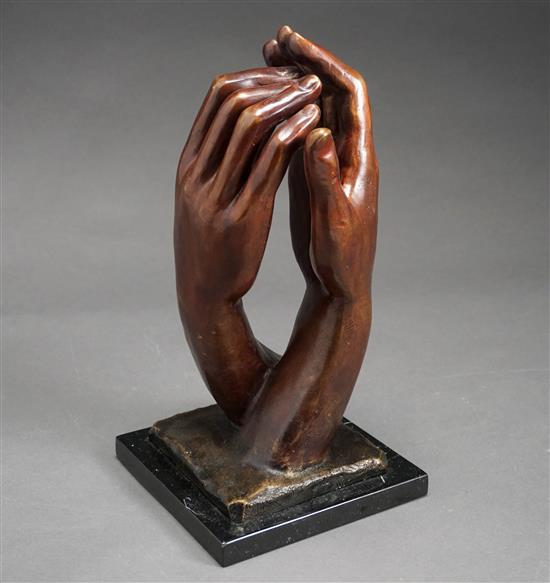
Auguste Rodin was one of the most influential sculptors of the late 19th and early 20th centuries, and his works are known for their deep emotions and vivid details. Among his many classic sculptures, the expression of hands is particularly eye-catching. Rodin not only shows the aesthetics of the human body through the detailed depiction of hands, but also conveys deep emotions and thoughts through the dynamics and postures of the hands.
Among them, Rodin’s La Main de la Cathédrale (The Hands of the Church) is an excellent example of his expression of hands. Through the clenching and climbing of two large hands, this sculpture vividly expresses human exploration and desire for the spiritual world and religious beliefs. Hands are an important tool for humans to interact with the world, and in Rodin’s artistic eyes, hands are a symbol of emotion and power.
In the Auguste Rodin Hands Sculpture series, the expression of hands is often not just a sculpture of appearance, but a carrier for in-depth exploration of human emotions. Whether it is the clenched grip in The Thinker or the delicate touch in The Hands of the Church, Rodin cleverly conveys the inner world and emotional fluctuations of the characters through the gestures, strength and details of the hands. This precise carving of details not only makes Rodin’s works have a strong visual impact, but also gives them endless vitality and profound ideological connotations.
If you also love the depth and shock of Rodin’s art, sculptures like La Main de la Cathédrale (The Hands of the Church) will undoubtedly add a unique charm to your art collection. It is not only a perfect display of Rodin’s creative techniques, but also a profound expression of human emotions and soul exploration.
In general, Rodin gave this simple and powerful part infinite expressiveness through the carving of “hands”. Each sculpture tells a story about life, emotions and humanity.
